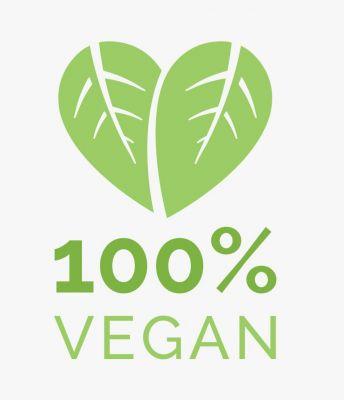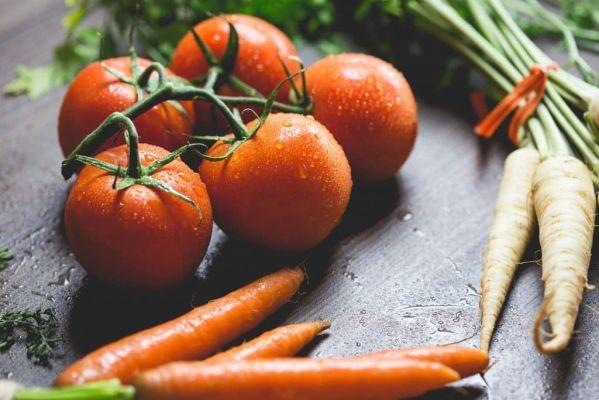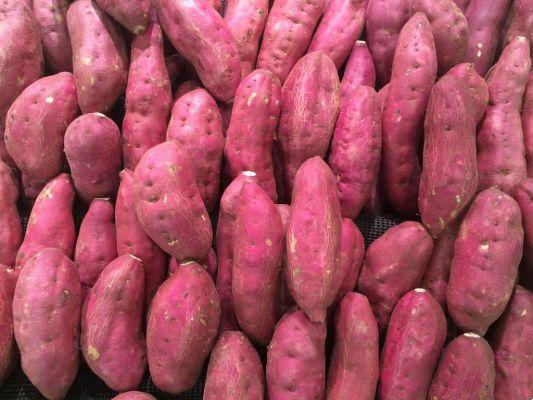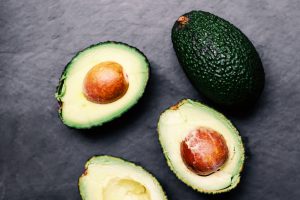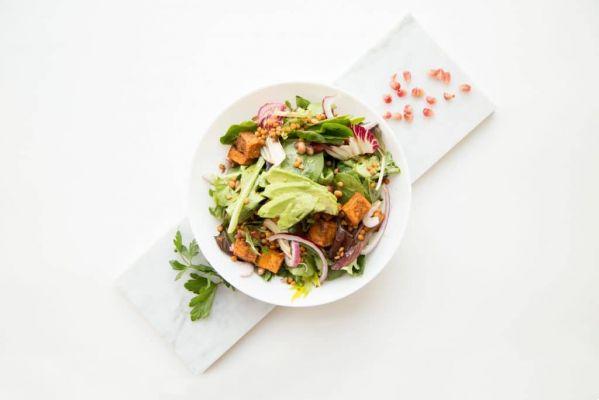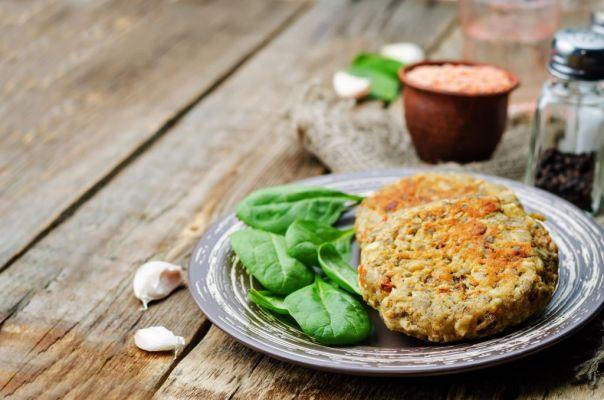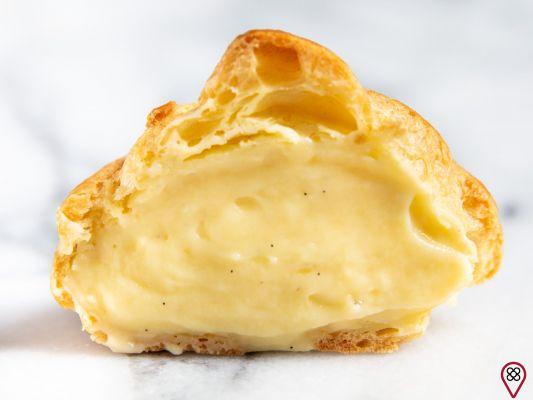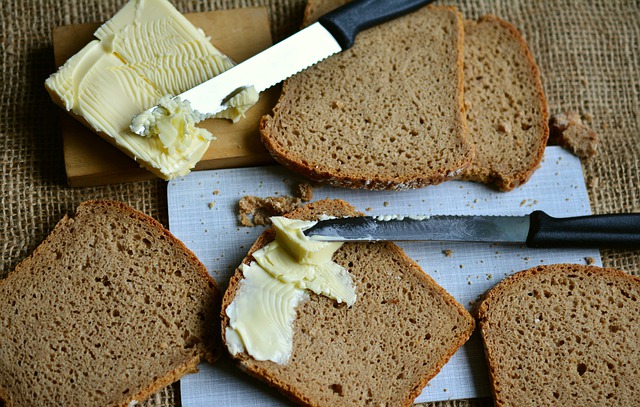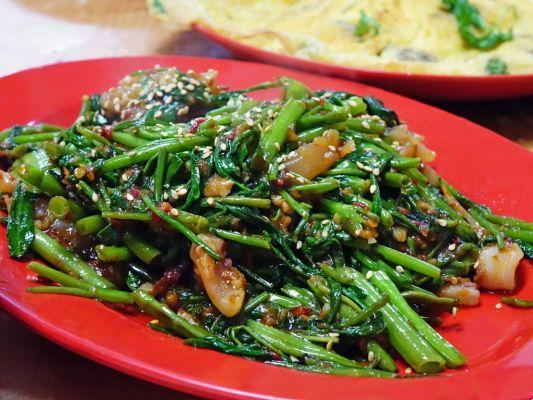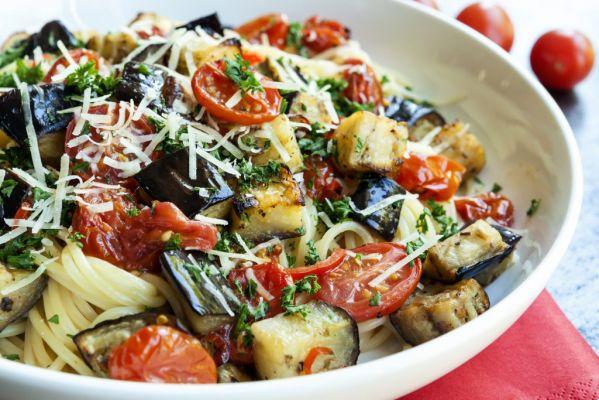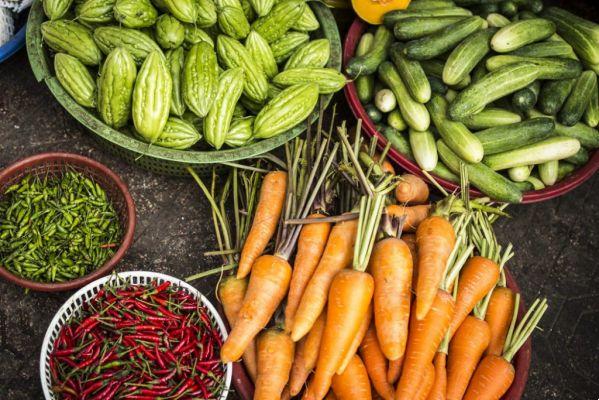According to the World Health Organization, the so-called probiotics are live organisms that, when administered in adequate amounts, offer a health benefit to the host. In the supermarket, it is common to find products that are beneficial for the intestinal flora, such as yogurts, sauerkraut and other fermented foods, such as special milk, etc. But this type of food can also be prepared at home with a colony of living organisms called kefir.
Main benefits of kefir
- Decreases bad cholesterol;
- Balances the intestinal flora, exchanging bad bacteria for beneficial ones;
- Reduces gas and aids in the digestive process;
- It acts as a detoxifier in the body;
- Increases the biological value of milk proteins;
- It synthesizes lactic acid, which reduces lactose intolerance;
- Activates the immune system;
- Decreases the risk of cancer, especially colon cancer;
- Inhibits skin allergies.
Where to find kefir?
There is kefir to be sold in large supermarket chains, but it is still very difficult to find it. Generally, kefir grains/mushrooms are passed from person to person and you need to find someone who grows them. To make it easier, do an internet search. There is always someone willing to help.
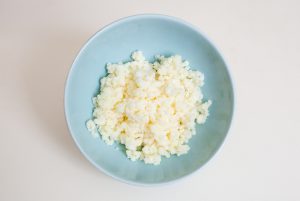
How to prepare?
First of all, it should be noted that kefir is acidic, so if you haven't consumed it yet, start slowly so that your taste buds and stomach can get used to it without causing problems.
Ideally, grow kefir in a clear glass bottle covered only with a clean dish towel. Never use metal as it can kill the properties of the ingredient.
It is important to remember that kefir multiplies quickly, so if necessary, freeze a part to have a reserve.
Finally, add about 1 tablespoon of kefir grains/mushrooms to half a liter of room temperature milk. Let it rest for 24 hours at room temperature, as kefir does not develop in the fridge or in liquids above 40 °C. After the fermentation period, it is strained to separate the kefir grains, which can then be added to other milk, and so on, indefinitely. It can still be consumed naturally or added to other foods, such as fruits, cereals and honey.
Written by Natália Nocelli from the Eu Sem Fronteiras Team



